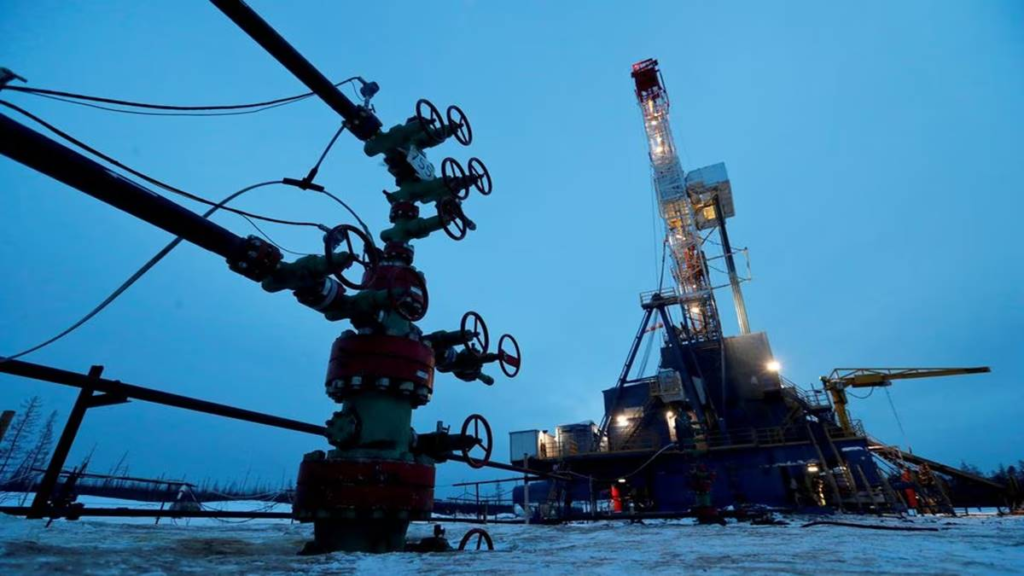Brent crude futures climbed 66 cents, or 0.9%, to $77.61 a barrel by 0247 GMT, while U.S. West Texas Intermediate crude was at $73.42 a barrel, up 75 cents, or 1%.
Oil prices rose on Monday after U.S. leaders reached a tentative debt ceiling deal, possibly averting a default in the world’s largest economy and oil consumer, although concerns about further interest rate hikes capped gains. Brent crude futures climbed 66 cents, or 0.9%, to $77.61 a barrel by 0247 GMT, while U.S. West Texas Intermediate crude was at $73.42 a barrel, up 75 cents, or 1%. Trade is expected to be subdued on Monday because of UK and U.S. holidays.
U.S. President Joe Biden and House Speaker Kevin McCarthy on Saturday finalised an agreement in principle to suspend the $31.4 trillion debt ceiling and cap government spending for the next two years. Both leaders expressed confidence on Sunday that members of the Democratic and Republican parties will vote to support the deal.
Reaching the deal and coming closer to avoiding a default on U.S. debt renewed investor appetite for riskier assets such as commodities. “The tentative debt deal offered a relief rally in risk assets, including crude oil,” said Tina Teng, a CMC Markets analyst. Last week, Brent and WTI rose by more than 1%, gaining for a second week.
Prices gained as the U.S. debt ceiling talks showed progress and after Saudi energy minister Abdulaziz bin Salman warned short-sellers betting that oil prices will fall to “watch out” for pain. Bin Salman’s warning was seen as a signal that the Organization of Petroleum Exporting Countries (OPEC) and allies including Russia, known as OPEC+, may further cut output when they meet on June 4.However,commentsfrom Russian oil officials and sources, including Deputy Prime Minister Alexander Novak, indicate the world’s third-largest oil producer is leaning toward leaving output unchanged.
Analysts see the boost in oil prices from the debt deal as short-lived. The rally’s sustainability is questionable as there is a higher chance the U.S. Federal Reserve will raise interest rates in June after their preferred inflation metric rose more than expected for April, IG’s Sydney-based analyst Tony Sycamore said. “Higher U.S. rates are a headwind for crude oil demand,” he added.
Investors will be watching for manufacturing and services data in China, the world’s biggest oil importer, this week as well as U.S. nonfarm payroll data on Friday for signals on economic growth and oil demand. The bumpy economic recovery in China, is weighing on oil markets, said Teng.
Future oil output growth in the U.S., the world’s biggest producer, also may slow as energy firms cut rigs for a fourth week. The number of oil rigs operating fell by five to 570 last week to their lowest since May 2022, energy services firm Baker Hughes Co said in its weekly report on Friday.

Source:financialexpress.com


